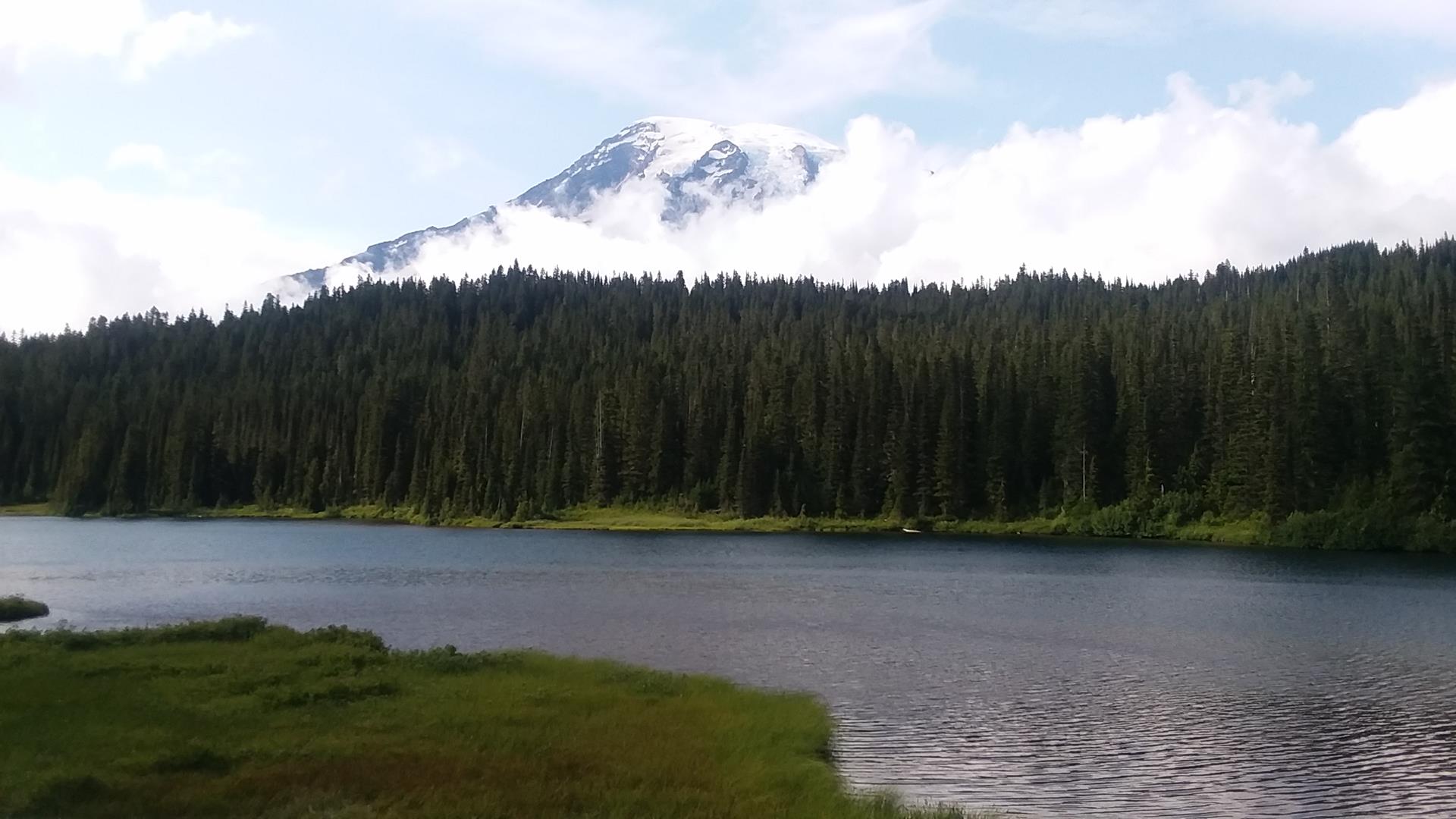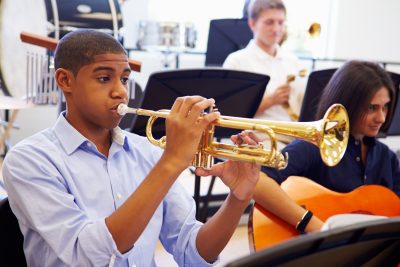It’s no secret that STEM has taken the nation by storm. Many teachers plan field trips that encompass these important staples of education, but with so many choices and so much information out there, it can be hard to narrow it down and know where to start. The whole nation is brimming with science, so which city do you choose to visit? Are the mainstream museums worth the investment? What lessons and what preparation do some of the best locations provide on their website?
The Road Less Traveled
When looking for the next great destination to take students, the usual suspects start to pop up: big cities like New York, Washington, D.C and Chicago and big museums like the Smithsonian. While great in their own right, looking down paths less traveled might serve your interests better and help avoid the repetition of “another museum day.”
Take New York and the world-famous Natural History Museum. What might be overlooked are the amazing Ivy League colleges and international businesses with amazing opportunities for high school students. Institutions like Columbia University offer laboratory tours and scientific programs aimed directly at teaching middle and high school students. Companies can also be a surprisingly good STEM destination. Many laboratories and factories often host classes for the community and offer ours of their working facilities.
Don’t Neglect The Wilderness
There have been several studies that prove learning and achievement increase with outdoor learning, and if that holds true for the regular school day, why shouldn’t that extend to field trips a well? For educational opportunities, it is best to look at the larger or better-known wildlife areas for a better chance. Places like Mount Rainier or the Indiana Dunes are more likely to have learning center and readily available park rangers than a small forest preserve.
Prepare and Enhance
Looking into preparation material can make a difference, and it is usually handcrafted by the facility to ensure maximum effectiveness. These materials, usually found under the “learn,” “educate” or “teacher” tabs on-site websites include everything from descriptions of the animals that find a home t the zoo to pre-packaged labs and lesson plans that introduce students to topics or more complex ideas that they might encounter. Some sites even offer whole ours and itineraries to help chaperones and teachers lead students themselves through a location, with fun facts and interesting activities to keep their attention.






